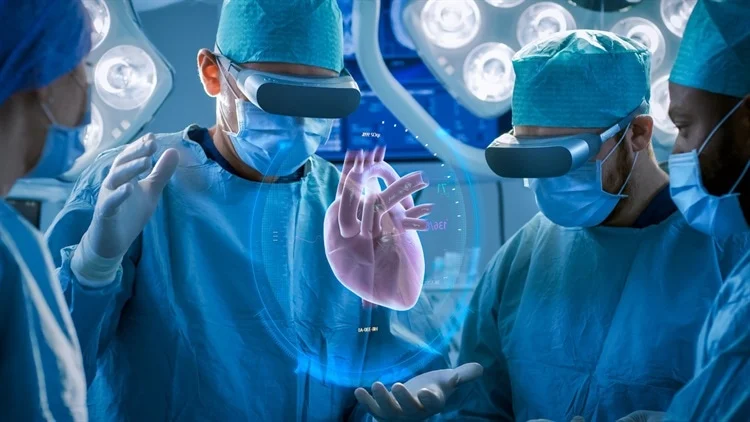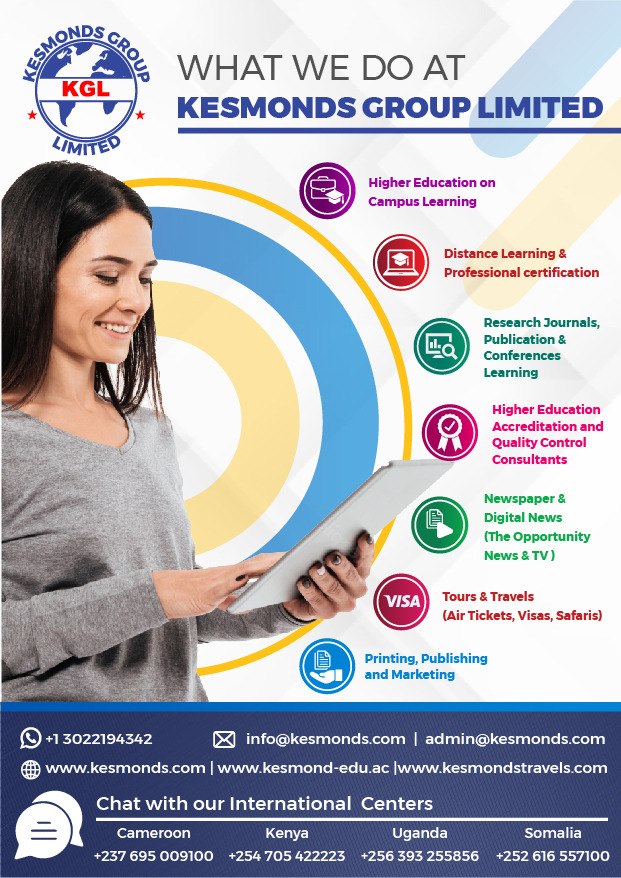Augmented and virtual reality in healthcare
VR immerses users in a computer-generated environment, whereas AR enhances real-world environments by overlaying digital content, thereby enriching user perception.
AR is transforming healthcare by revolutionizing interactions between doctors and patients, advancing medical education, enabling disease simulation, and enhancing surgical visualization. Surgeons, in particular, benefit from AR through 3D overlays that improve visibility and assist in conducting real-time simulated surgeries.

The rise of connected devices in healthcare, supported by government initiatives for digitization, is propelling the growth of AR and VR within the sector. These technologies are anticipated to play a pivotal role in developing innovative diagnostic methods and treatment plans.
Augmented reality devices in healthcare and manufacturing
AR devices enhance users’ perception of reality by overlaying digital content onto their image of the real world. In a healthcare setting, these devices can be used to improve patient outcomes, support surgeons, and provide vital medical training.
One prominent example of an AR device is the Microsoft HoloLens. The HoloLens’s holographic computer allows users to actively interact with digital content in the real world, prompting its increasing use in various industries, including education, manufacturing, and healthcare.
AR devices in manufacturing can streamline tasks such as assembly and maintenance, helping reduce errors, improve efficiency, and increase safety levels by providing real-time information to workers.
It is anticipated that AR devices will soon be used in areas such as remote communication, entertainment, and personalized shopping experiences, enhancing customer engagement, collaboration, and entertainment experiences.
Future analysis and prospects
AR and VR are expected to revolutionize the healthcare sector due to their potential to provide truly interactive solutions, particularly in education and treatment.
Ongoing technological developments will continue to unlock new possibilities across numerous healthcare settings, though some technical and non-technical limitations must be addressed for this technology to become commonplace.
For example, issues around clinician knowledge, awareness, standards, infrastructure, and organizational culture must all be navigated in order to facilitate the successful implementation of AR and VR technologies in healthcare.
Governments around the world are concentrating their efforts on healthcare digitization, with many supporting policies and initiatives around technology adoption. Large tech companies are actively addressing ground-level issues in the healthcare sector, aiming to provide advanced AR and VR solutions.
Future developments and industry contribution
Continuous advancements in AR/MR devices have the potential to significantly enhance healthcare by providing detailed and accurate patient information and improving care, education, training, and collaboration.
Shanghai Optics plays a crucial role in the AR industry by supplying essential components like waveguides and optical coatings. Waveguides channel light from displays to the user’s eyes, while coatings improve image quality and overall user experience. Shanghai Optics’ expertise is vital for the ongoing development of AR technology.
The future of Augmented and Virtual Reality in healthcare and manufacturing looks promising, fueled by relentless innovation, governmental support, and industry collaboration.
Overcoming existing challenges and capitalizing on AR/MR technology advancements will bring transformative benefits to stakeholders in these fields.
Source: MEDICAL LIFE SCIENCES NEWS




















Add Comment